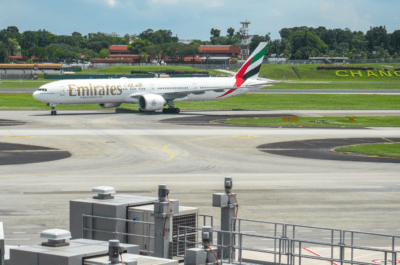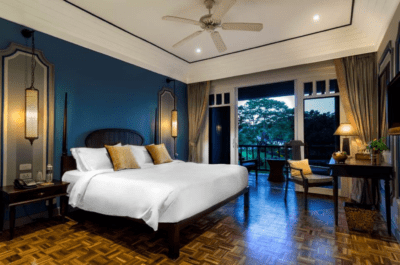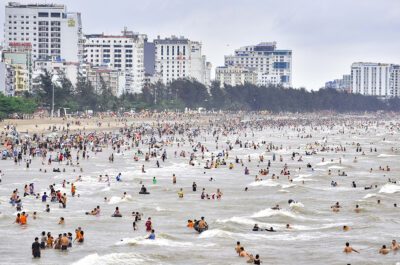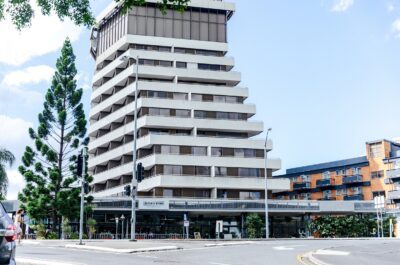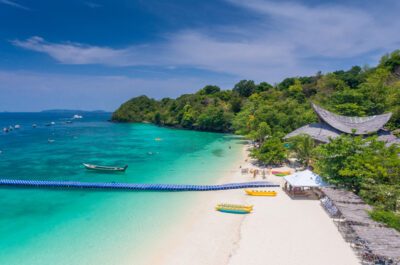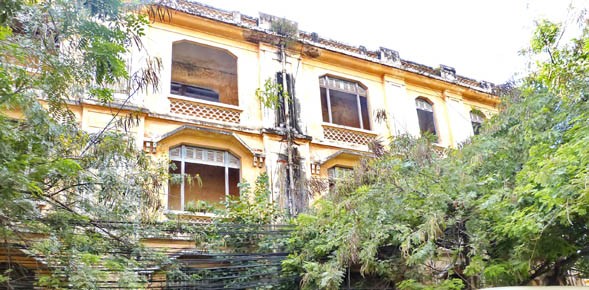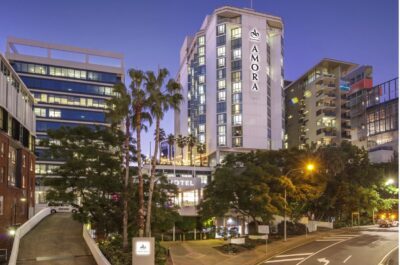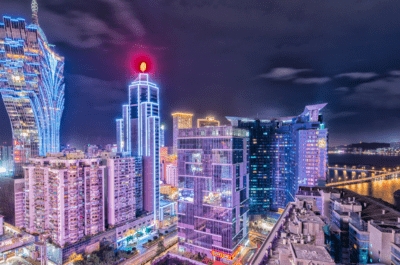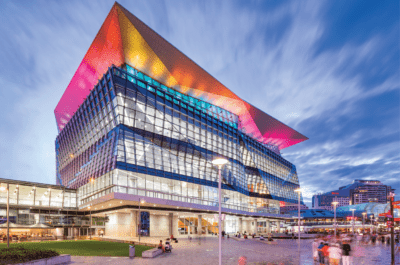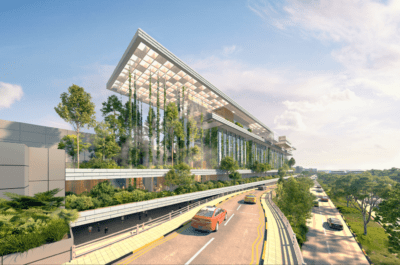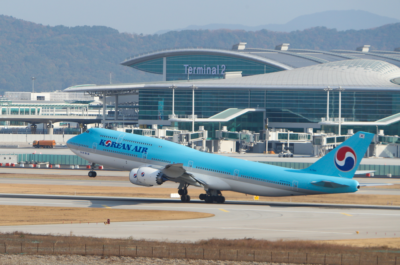Cambodia’s capital Phnom Penh is embarked into a race to modernize its infrastructures. Although the city is today far better off than a decade ago – most roads have been repaved, electricity supply is mostly secured while glitzy shopping malls and towers start to take off, there is however a price to be paid: Phnom Penh old charm – including its European architectural heritage- is rapidly vanishing…
PHNOM PENH- It went almost unnoticed by the public. For many decades, the charming villa with its characteristic neo-gothic turret used to dominate the street, a few meters away from Phnom Penh’s famous pagoda, Wat Phnom. The building’s structure was crumbling and it seemed obvious that the building’s fare was already sealed. The 100-year old building is now gone, replaced by a soulless garage. And gone are already hundreds of building in the Cambodian capital, mostly dating back from the French colonial time.
For most tourists, the charm of Phnom Penh resides in its people, in its colourful pagodas but also in its crumbling villas paint mostly in ocher or dark yellow- a legacy from French 90-year of ruling. Phnom Penh’s run into its expected new modernity is likely to turn one of the loveliest cities in Southeast Asia into a new Bangkok or Manila… Until the early seventies, Phnom Penh had the reputation of being Indochina’s most charming cities with its manicured gardens and its leafy boulevards lined by buildings designed by the local architect Vanh Molivanh in new Khmer tropical modern style or by old French style villas.
Then came the years of war and the Khmer Rouge era which emptied the city of its inhabitants and left the Cambodian capital empty. Few destructions occur during the Khmer Rouge time. The most symbolic destruction has been the cathedral and part of the National Central bank…
Phnom Penh’s image barely did not change until the early 2000s as economic and political situation improved, bringing back investors confidence. Now well into the second decade of the 21st century, signs of a radical architectural transformation can be seen everywhere. Starting with the Tonle Bassac, the confluent to the Mekong River. On the side opposing the Royal Palace and bustling Sisowath Quay, a giant bloc is emerging. The project is a new 40-storey massive building designed for the Sokha Group. It will contain a deluxe hotel as well as a casino. The entire island surrounding the hotel is due to be transformed in to a densely populated district. Obviously real estate tycoons are all dreaming of turning the island into an equivalent to Pudong district in Shanghai. More towers are now being built in Phnom Penh city centre, requesting the flattening of former structures, mostly built during the French presence…
But not only French structures are falling pray to speculation. Some of the emblematic structures of Van Molivanh have already disappeared. This is the case of Sihanouk-era Preah Suramarit National Theatre while the Ministry of Defense has been transformed beyond recognition. Around Phnom Penh Olympic stadium, another iconic structure from the early sixties, a new construction program has seen the edification of towers around, destroying totally the perspective of the stadium and even turning the infrastructure into a flood-prone area as some of the walls have been destroyed to make way for new constructions…
Will Phnom Penh change beyond recognition? A small group of people are now fighting to preserve the capital’s heritage. Some experts would for example like to see the area around the Old Post Office being classified as the “European city” to help preserving a series of wonderful French style building. The area is bordered by Wat Phnom, the Rail station and the Tonle Bassac. The clock is ticking to save PPhnom Penh wonderful legacy, which still represents a major asset for the capital. It might however be too late when authorities and private people will realize it.
Luc Citrinot a French national is a freelance journalist and consultant in tourism and air transport with over 20 years experience. Based in Paris and Bangkok, he works for various travel and air transport trade publications in Europe and Asia.




